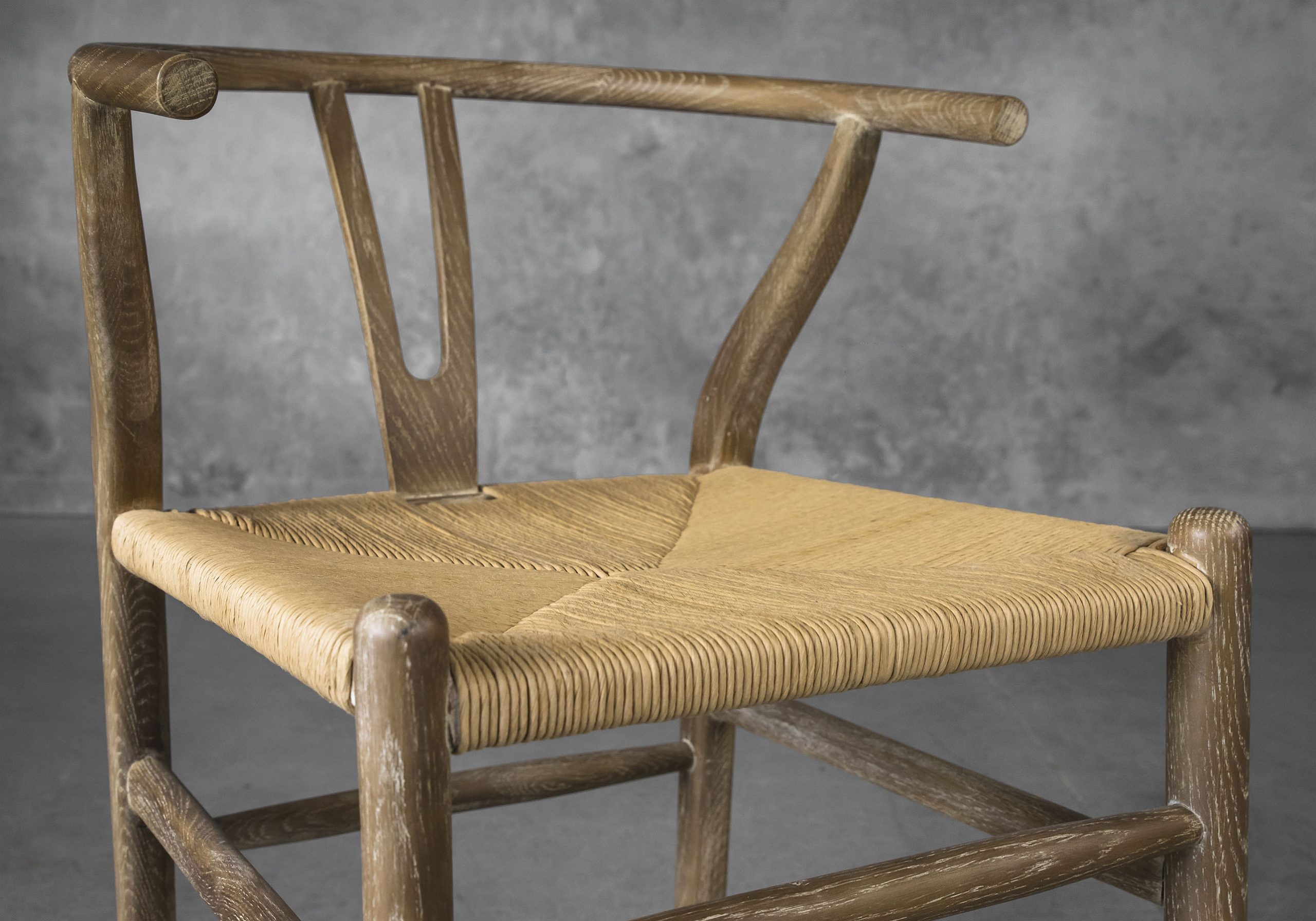Design & Aesthetics of Wishbone Wooden Dining Chairs

The wishbone chair, characterized by its distinctive Y-shaped back, represents a compelling blend of form and function. Its enduring popularity stems from a successful marriage of minimalist aesthetics and ergonomic comfort, making it a versatile piece adaptable to various interior design schemes. The inherent simplicity of the design allows for subtle yet impactful variations, catering to diverse tastes and stylistic preferences.
Classic Design Elements and Their Appeal
The defining feature of the wishbone chair is its Y-shaped back, crafted from a single piece of wood, often bent using steam-bending techniques. This creates a visually striking and structurally sound frame. The gently curved seat, typically made of woven paper cord or leather, provides a surprisingly comfortable seating experience. The tapered legs, often slightly splayed for added stability, contribute to the chair’s elegant profile. The overall effect is one of understated sophistication and timeless appeal, a testament to the enduring power of minimalist design principles. The use of natural materials further enhances its appeal, creating a sense of warmth and organic beauty.
Aesthetic Variations in Wishbone Chair Designs, Wishbone wooden dining chair
Variations in wood type significantly influence the aesthetic of wishbone chairs. The use of light-colored woods like ash or beech creates a bright, airy feel, often associated with Scandinavian design. Darker woods, such as walnut or oak, lend a more rustic or sophisticated ambiance. Different finishes, from natural oils to painted surfaces, further modify the visual impact. The seat material also plays a crucial role; paper cord offers a lightweight, breathable, and slightly rustic texture, while leather provides a more luxurious and durable option. These variations allow for a high degree of customization, enabling the chair to seamlessly integrate into a variety of interior styles.
Comparison of Three Wishbone Chair Styles
| Style | Materials | Construction | Visual Impact |
|---|---|---|---|
| Scandinavian Minimalist | Light Beech Wood, Paper Cord Seat | Steam-bent frame, hand-woven seat | Clean lines, light and airy, understated elegance |
| Rustic Farmhouse | Dark Oak Wood, Leather Seat | Traditional joinery, durable construction | Warm, inviting, slightly more substantial appearance |
| Modern Contemporary | Black-stained Ash Wood, Woven Fabric Seat | Sleek, minimalist frame, modern upholstery | Sophisticated, edgy, contemporary feel |
Versatility in Different Interior Design Styles
Wishbone chairs demonstrate remarkable adaptability across a range of interior design styles. In Scandinavian interiors, their light wood and simple forms perfectly complement the clean lines and minimalist aesthetic. Within farmhouse settings, the chair’s natural materials and comfortable design blend seamlessly with rustic charm. Even in more contemporary spaces, variations with darker stains or modern upholstery options successfully integrate the chair into a minimalist or eclectic setting. The inherent simplicity of the design allows it to function as a statement piece or a supporting element, depending on the overall design concept.
